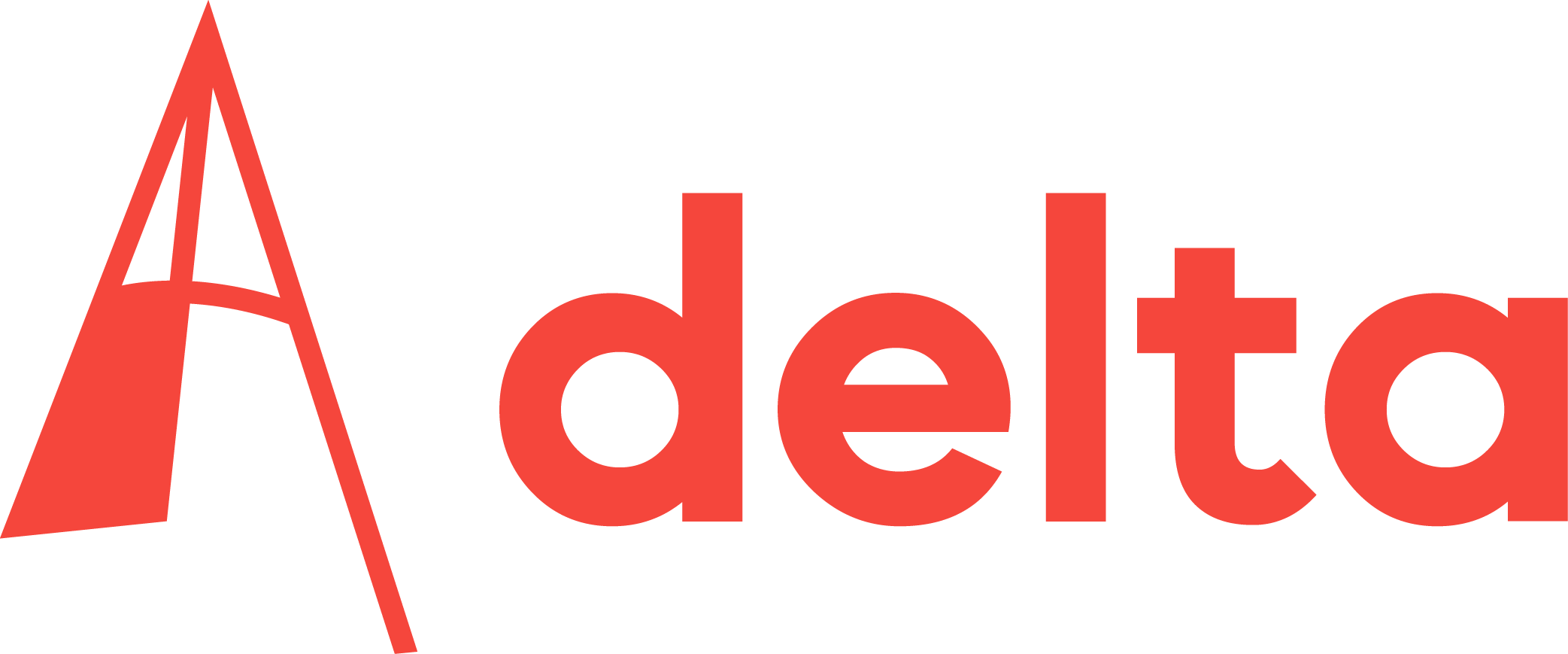Terahertz researchers have developed a way to picture magnetic fields in 10-micron resolution. “It’s a world’s first,” says Dr Aurèle Adam.
The new field of synthetic biology sits in between huge promises of 21st century sustainable production of food, fuels & materials versus tinkered solutions. “We need to develop technology standards.”
September 2010 a Swiss electrical engineer left Monaco to travel around the world for the first time ever with a solar boat. Last week he completed his journey.
Terminal liver cancer patients have received an experimental radiotherapy involving highly radioactive microspheres at the Utrecht Medical Centre. At sufficient doses, the liver tumors were eradicated while side effects proved minimal.
An invention by Mina Danesh brings the use of autonomous wireless transmitters a step closer. For her dissertation, she built an antenna incorporated into a solar cell of a small autonomous wireless system for the first time.
> Using UV absorbance spectroscopy to analyze the thermal hydrolysis kinetics of a UV labile compound seems impractical. > ‘Multicomponent and dissipative self-assembly approaches: towards functional materials’, PhD-thesis by Job Boekhoven (Faculty of Applied Sciences)
Inventor award
Professor Biotechnology Mark van Loosdrecht and his colleagues, Merle Krista de Kreuk and Joseph Heijnen, are nominated for the European inventor award.
Aerospace Engineering students are competing for the best autonomous flying and long-term observing robot. The UAVForge competition will be held on a hilly training site in Georgia from May 9 to 19.
The gasification cooker that IDE graduate Rob Hoebe (MSc) developed has the potential of turning the environmental burden of rice waste into productive and health-protecting fuel.

